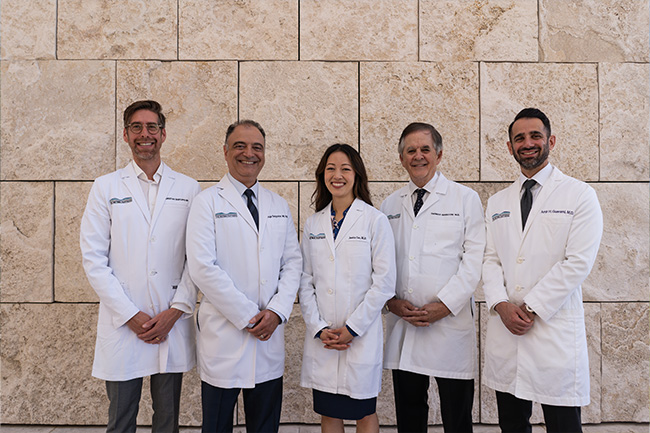
Clinical research is a type of medical research that studies the safety and effectiveness of new treatments, devices, and medications. Through clinical research, doctors are able to learn how diseases develop in people and how the body handles a possible treatment.
The Retina Partners offers two types of clinical research studies:
- Clinical trials, which are also called interventional studies, involve participants being assigned to receive an investigational drug or device to test how the treatment works in people.
- Observational studies are research studies in which no investigational treatment is administered. Instead, researchers collect information regarding the disease and its progression. These studies are fundamental for understanding how diseases function and can inform the creation of future interventions.
To learn more about clinical trials, please visit http://www.clinicaltrials.gov



